The Kensington Market is the subject of the above painting. Entitled, “Early morning—the corner of Kensington Avenue and Baldwin Street—Kensington Market,” it is 20” x 24” on stretched canvas, painted in 2003. The European Meat Market, on the right-hand side of the picture, vanished from the market several years ago. In the background, the Western Hospital is visible. The painting depicts a large delivery truck blocking the street, its cargo of boxes and crates strewn across the roadway. The painting depicts a typical scene in Toronto’s Kensington Market.
During the summer of 2005, I spent the summer painting in the Kensington Market, preserving on canvas images of my favourite shops. Only a few of these stores remain in existence. In some instances, the shops still exist, but the store-fronts and signage have been altered. The canvases were sketched and painted on location, setting up an easel on the sidewalk. I met some very unique and interesting people who chatted with me as I painted. The canvases recreate memories of a summer that has passed into the depths of time, recalling a market that in some ways no longer exists.
The paintings contain vivid colours, created in a hurried, rough style, almost appearing unfinished. Unsophisticated, they reflect a naive, simple quality that suits the subject. Kensington is indeed a fast-moving collage of of colour, activity and eccentricity. To paraphrase Ed Mirvish (Honest Ed), the Kensington is a place that may imitated, but never duplicated.
The Moonbean Coffee shop on St. Andrew’s Street is contained within one of the oldest houses in the market, built in 1873. When completed, Thomas Peters, a labourer, moved into the house, likely as a renter. The painting captures a little of the diversity of people in the market—a punker, young children, housewives and shoppers.
This small painting, 8” x 10” on stretched canvas, captures the bright signage and colourful awnings that were a hallmark of Market, the two fish stores being excellent examples. Many of the flamboyant signs on the fronts of the stores have since disappeared. This is a pity, as some of them were works of art. The Seven Seas Fish Company is now (2015) a clothing store. The Coral Sea fish market still exists, but its signage is no longer as bright and colourful, having been faded by the summer sun.
The building where this shop was located was constructed in 1930. “Max and Son” was one of the last of the Jewish businesses to survive from the earlier days of Kensington, when it was primarily a Jewish market. Max Stern’s son, Saul (Solly) came to work in his father’s meat market in the 1950s, after he graduated from high school at 16 years of age. He spent his entire working life in the store, retiring from the shop in 2009. I always purchased my Christmas and Thanksgiving turkeys from Sol. The only times that Sol’s wife assisted in the store were the last few days before the 25th of December. I often chatted with Sol when I shopped for my daily needs throughout the year. He was an interesting and intelligent man, with an understated sense of humour.
The painting was created on a sunny July afternoon, the shadows betraying that the shopping hours were drawing to a close. The heat of the late-day sun bathes the buildings, awnings and sidewalk in golden light, the summer sun baking the concrete.
In 2006, this bakery contained one of the most colourful signs in the market. The painting is 16”x20”, acrylic on stretched canvas. It depicts the shop when it was located at 172 Baldwin Street, prior to it relocating further west along the street to 184 Baldwin Street. Fortunately, the sign was relocated along with the business. The “My Market Bakery” closed in 2014 and another bakery now occupies the premises. Fortunately, the colourful sign was retained, although it is now badly faded. The building is an example of a store being constructed at the front of a residence. In 1921, it was the home of Mr. S. Libowitz, who later operated a dry goods store on the premises.
The location of the above scene is the north side of Baldwin Street, early on a July morning. A hint of the forthcoming heat is already evident on the morning breezes. Two women sit on a bench to chat and enjoy an ice cream, considering it too hot to indulge in coffee. A corpulent man passes them, silently lamenting that the cool treat is not included in the diet his doctor has imposed. A cyclist, her bicycle not included in the scene, rests before continuing her daily exercise. Only one person walks in the sun. Lost in thought, she seems unaware of the cooler path in the shade of the buildings, the woman with the umbrellas also ignoring the shade.
The Kensington Fruit Market is on the northeast corner of Kensington and St. Andrew’s Avenues. It is where I shop regularly for my fresh fruit and vegetables. I usually shop early in the day, before the market becomes crowded. The painting reflects this habit, the shadows revealing the time of day. A young boy, on his way to summer school, chooses an apple to consume later in the day. The worker in the shop surveys the scene, knowing that as the day progresses, he will not have the time to pause and reflect.
This scene of Akram’s Shop, which specializes in Middle-Eastern delicacies, no longer exists. When attempting to add a third floor to the structure, the building collapsed. Prior to this tragedy, the signage on the shop was a colourful display that added much character and delight to the market scene. The store was rebuilt and remains a thriving business, but alas, the colourful signage was never restored. However, the hummus, baba ghanoush and other treats remain as delicious as ever.
In the painting, a shopper departs the store, the only other person visible a punker on his way to Denison Square to enjoy the morning’s indulgence of a shared “joint.”
The New Seaway Fish Market is another shop that has departed the scene. Theodore, a Greek by birth, laboured many years in the Kensington Market. He finally sold the business and retired to the land of his birth, in the Greek Islands of the Aegean Sea. This was my favourite fish market when I first relocated to within walking distance of the market in 2000, until the New Seaway closed in 2011. The painting depicts one of Theodore’s employees holding the door for a customer, while a small boy strolls past, talking on a cell phone.
In 1959, “European Meats” arrived in the Kensington Market, but only occupied the premises at 178 Baldwin Street. In 1985 the business expanded into the other shops (#176, #174). The famous meat market was then contained within two of the old row houses, and the original site (#178) was used as the cutting and preparation room.
When this painting was completed in 2005, the store’s methods of operations had changed little from the earlier days of the Kensington Market. Transactions were conducted in metric and in Imperial measure. It required three members of staff to complete a transaction. Customers took a number from a dispenser located on the right hand side, near the door. They carried it to the counter and handed it to an employee, who lined-up the number sequentially on the top of the counter, and then, shouted the numbers in the order in which they were to be served. When a customer’s number was called, it was then handed to another employee, who filled the order. When completed, the customer walked to the front of the store to the cashier, who accepted the money and placed the meat in a plastic bag. The transaction was then completed.
This system was a part of the Europe of earlier days, but was amazingly efficient. Sign language was often employed by the customers to denote the number of pounds, or a half pound, as on a busy day the store was so crowded that it was impossible to be heard above the clamour of voices.
The store had excellent strip-loin steaks. The back-bacon, hams, and cold cuts were truly great. People came from all over the city to purchase meat there. On a Saturday it was jammed, and at Christmas time the crowds were unbelievable. Shopping there was an experience to be savoured, not a chore to be endured.
After the European Meat Market closed in 2013, Sanagan’s Meat Locker occupied the site. I must admit that I miss the bright-red sign that is evident in the painting. It is the loss of bright colours that I miss most from the Market that existed in the early years of the 21st century.
The view gazes north on Kensington Avenue from St. Andrew’s Street. At the north end of Kensington Avenue is Baldwin Avenue. It is early morning and the fruit and vegetable stalls are being stocked and arranged for the day. A small boy pleads with his father to visit the ice cream shop on Baldwin Street, despite having finished his breakfast only an hour earlier.
On the northeast corner of Denison Square Avenue and Bellevue Avenue is the Kiever Synagogue. It was constructed as a place of worship by Jewish immigrants who fled to Canada to escape religious persecution in the Ukraine. Many of them settled in Toronto in “The Ward,” a district to the east of University Avenue. In 1912, they commenced worshipping in a house. In 1917, they relocated to the Kensington Market, on the present-day site of the Kiever Synagogue, where at the time there was a small house.
In 1927, they demolished the house and constructed the synagogue that exists there today. Designed by Benjamin Swantz, the Kiever Synagogue combines Romanesque and Byzantine architecture. It has two domed towers on the front, and another at the northwest corner, each topped with a Star of David. No tower was built on the northeast corner of the building, as this corner was not visible from either of the streets that surround the synagogue. Four different styles of windows grace the facade, and though they vary in size, all have Romanesque arches over them. There are separate doors for men and women, which lead to separate seating areas inside the sanctuary, which in the traditional manner, faces Jerusalem.
The painting depicts a Saturday afternoon, when the streets surrounding the market are crammed with the cars and vans of the shoppers that descend on the market on weekends.
The Sea King’s Fish Market at 195 Baldwin Street, had one of the most colourful signs in the market. The sign that replaced it is considerably less colourful. After the New Seaway Market closed, I commenced purchasing my seafood here. In the painting, a young couple converse intimately in a shaded spot in the left-hand corner of the picture, while a woman and her grandson sit in the shade to rest. The boy’s dog barks to inform them that it is time to move on.
This busy scene is the intersection of Augusta Avenue and Nassau Street.
A close-up view of the shoppers at the market, on the southeast corner of Nassau and Augusta.
The appearance in 2015 of a few of the shops captured on canvas in 2005.
Sanagan’s, where European Meats was located (Left), and the Coral Sea fish shop on Baldwin Street (right).
Shop where “Max and Son Meat Market” was located, which is now a fish market—”Hooked.”
Sea Kings Fish Market in 2015 (left) and Akram’s Shoppe the same year (right)
* * *
The Kensington Market has a fascinating history. In the 1790s, the site where today’s Market exists was within two parcels of land granted by Governor Simcoe to influential friends. The grants were referred to as “Park Lots,” Alexander Grant owning one of them and the other owned by Major E.B. Littlehayes. The name Littlehayes survives to this day in the name of a small laneway that extends north from Baldwin Street, east of Augusta Avenue.
The story of Kensington begins with George Denison, who in 1806 purchased a large parcel of land in the area and constructed a grand home, which he named Bell Vue. Bellevue Avenue was named after this dwelling. When the home was built, the Denisons were the only people living in the area. Their home was surrounded by dense forests, among the trees a few open meadows where in summer months wild flowers grew in abundance.
Bell Vue was on the site that the Kiever Synagogue occupies today, near the northwest corner of Bellevue Square Park. Denison ordered that the land in front of Belle Vue be cleared of trees to create an open square where his family could stroll. The promenade also provided an impressive setting for the home. Because Denison was a colonel in the militia, the square was employed occasionally for drilling troops or staging military parades.
In the ensuing years, the Denisons sold much of the land they owned to raise money for living expenses. Soon, streets were carved out of the wilderness and residential development followed. Because the land was located to the northwest of the downtown area, it was ideal for housing as it was within easy reach of the shops in the core of the city, but away from the city’s busy traffic and noise. Torontonians, mostly of British origins, purchased the houses.
As the 19th century progressed, newer residential districts opened to the north and west of the Kensington. By the dawn of the 20th century, the British immigrants who resided in the home surrounding the area where the Denisons had lived, relocated to the newer districts, on streets such as Palmerston and Euclid Avenues. Belle Vue was sold in 1889 and demolished the following year. The descendants of George Denison donated the square in front of their home to the city and today it exists as Bellevue Square Park. It is in the heart of the modern-day Kensington Market, and is the scene of many community events.
Though there were Jewish families living in Toronto before the turn of the twentieth century, they were relatively few in number. After 1900, this slowly changed as Jewish immigrants from Europe increased in numbers. Many were from Poland and Russia. Most arrived with little more than the clothes on their backs, their meagre possessions contained within a few suitcases. In this decade, Toronto’s population was predominately of British, Protestant origins. It was an era when religious and ethnic tolerance was not a well-developed concept in society. As a result the Jews were mostly excluded from the mainstream institutions of the city, and thus marginalized.
Securing employment in the factories and shops of Toronto was not easy for Jews. To maintain a job in a Gentile workplace, it was necessary to labour on Saturdays. If they took time off work to worship on their Sabbath, they would lose a day’s income, though not necessarily their source of livelihood. Thus the Jewish immigrants preferred to earn a living in a manner in which they were independent.
In the second decade of the twentieth century, when Anglos moved out of the homes in the Kensington area, Jewish immigrants purchased the properties. Kensington was close to the garment shops on Spadina, where many of the Jewish immigrants had found employment. The small homes of the area, built on narrow streets, were inexpensive compared to other areas. To garner extra income, they constructed extensions on the rear of the houses and rented the space to other immigrants. Single-family homes were often subdivided to provide space for several families, thus providing assistance with the mortgage.
For many Jewish immigrants, the first method of starting a business was to sell goods from a knapsack on their backs, walking the streets to reach customers. When funds were available, a push-cart was acquired, allowing larger amounts of merchandise to be carried. Many chose the “rag trade,” because it was considered by others to be a difficult way to earn a living, so there was not much competition. Others earned cash by gathering bottles, cleaning them, and reselling them to factories. Others collected old sewing machines, repaired them, and resold them. They collected anything of value available and disposed of it for whatever price they could obtain. Some sold fruit and vegetables from their carts. All these enterprises required almost no capital to commence, and allowed the vendors to be free to worship on the Sabbath.
When they possessed the funds, some built stalls at the front of their small homes. Others opened stores in a front room in their house. While the men pushed their carts through the streets, in weather that was often inclement, the women sold goods from the make-shift shops and stalls to earn extra income for the family.
Eventually modest extensions were constructed on the front of the homes to create small stores, replacing the temporary stalls and shops. The Kensington Market was born. Merchants and their families lived above the stores or in rooms located behind them. Slowly, the district was transformed from a quiet residential community into a vibrant shopping area with a European “shtetle” atmosphere. Despite its similarity to ethnic or economic enclaves in other cities, such as the Lower East Side in New York, or London’s Whitechapel, Kensington was unique, “one of a kind,” and it remains that way.
Today, in the Market, many Victorian homes remain behind the storefronts. They can be seen if a person gazes upward at the peaked roofs and ornate trim of the old houses that still exist, though many have been severely altered. Augusta Avenue, Baldwin Street, St. Andrew’s Avenue, and Kensington Avenue all contain examples of storefronts that extend from the front of the houses to the edge of the sidewalks.
Today, the Jewish market has disappeared and the small shops of yesteryear have become ethnic stores—West Indian, Asian, Latino, Caribbean, East Indian, and Portuguese. There are also many “cool” shops that specialize in “twice-loved” (second-hand) clothing.
Note: much of the information for this post was derived from the book “The Villages Within.” It was published in 2010, but due to the rapid changes in the market, it is now in need of updating. Details of this book are available on the Home Page for this blog.
In a previous post, I shared paintings that stimulated memories of my boyhood. For a link to this post:
https://tayloronhistory.com/2015/02/23/capturing-torontos-past-through-paintings/
For a link to paintings of the Kensington Market: https://tayloronhistory.com/2015/02/26/capturing-torontos-kensington-market-in-art/
To view the Home Page for this blog: https://tayloronhistory.com/
To view previous blogs about movie houses of Toronto—historic and modern
Recent publication entitled “Toronto’s Theatres and the Golden Age of the Silver Screen,” by the author of this blog. The publication explores 50 of Toronto’s old theatres and contains over 80 archival photographs of the facades, marquees and interiors of the theatres. It relates anecdotes and stories of the author and others who experienced these grand old movie houses.
To place an order for this book:
Book also available in Chapter/Indigo, the Bell Lightbox Book Store and by phoning University of Toronto Press, Distribution: 416-667-7791
Theatres Included in the Book:
Chapter One – The Early Years—Nickelodeons and the First Theatres in Toronto
Theatorium (Red Mill) Theatre—Toronto’s First Movie Experience and First Permanent Movie Theatre, Auditorium (Avenue, PIckford), Colonial Theatre (the Bay), the Photodome, Revue Theatre, Picture Palace (Royal George), Big Nickel (National, Rio), Madison Theatre (Midtown, Capri, Eden, Bloor Cinema, Bloor Street Hot Docs), Theatre Without a Name (Pastime, Prince Edward, Fox)
Chapter Two – The Great Movie Palaces – The End of the Nickelodeons
Loew’s Yonge Street (Elgin/Winter Garden), Shea’s Hippodrome, The Allen (Tivoli), Pantages (Imperial, Imperial Six, Ed Mirvish), Loew’s Uptown
Chapter Three – Smaller Theatres in the pre-1920s and 1920s
Oakwood, Broadway, Carlton on Parliament Street, Victory on Yonge Street (Embassy, Astor, Showcase, Federal, New Yorker, Panasonic), Allan’s Danforth (Century, Titania, Music Hall), Parkdale, Alhambra (Baronet, Eve), St. Clair, Standard (Strand, Victory, Golden Harvest), Palace, Bedford (Park), Hudson (Mount Pleasant), Belsize (Crest, Regent), Runnymede
Chapter Four – Theatres During the 1930s, the Great Depression
Grant ,Hollywood, Oriole (Cinema, International Cinema), Eglinton, Casino, Radio City, Paramount, Scarboro, Paradise (Eve’s Paradise), State (Bloordale), Colony, Bellevue (Lux, Elektra, Lido), Kingsway, Pylon (Royal, Golden Princess), Metro
Chapter Five – Theatres in the 1940s – The Second World War and the Post-War Years
University, Odeon Fairlawn, Vaughan, Odeon Danforth, Glendale, Odeon Hyland, Nortown, Willow, Downtown, Odeon Carlton, Donlands, Biltmore, Odeon Humber, Town Cinema
Chapter Six – The 1950s Theatres
Savoy (Coronet), Westwood
Chapter Seven – Cineplex and Multi-screen Complexes
Cineplex Eaton Centre, Cineplex Odeon Varsity, Scotiabank Cineplex, Dundas Square Cineplex, The Bell Lightbox (TIFF)
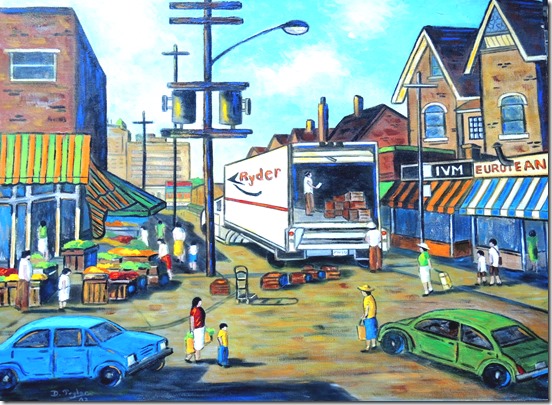
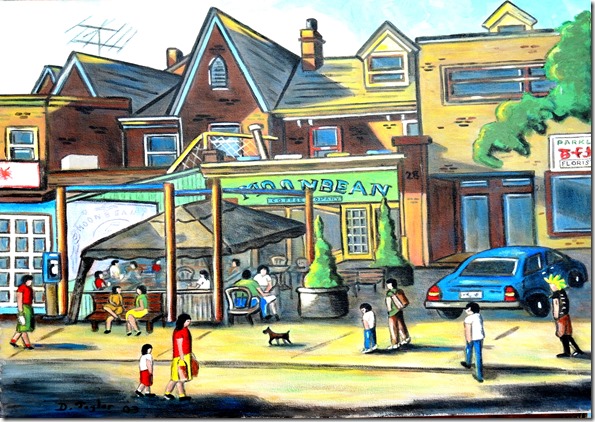
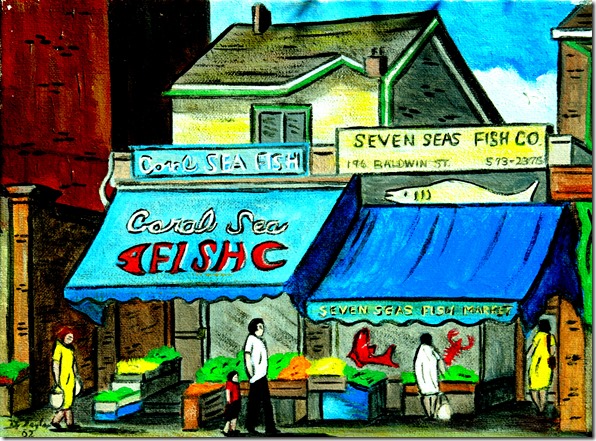
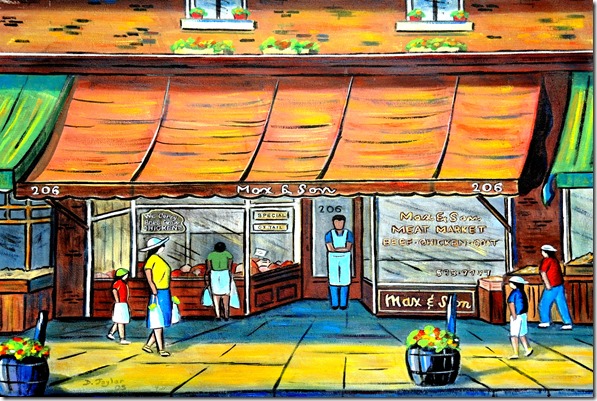
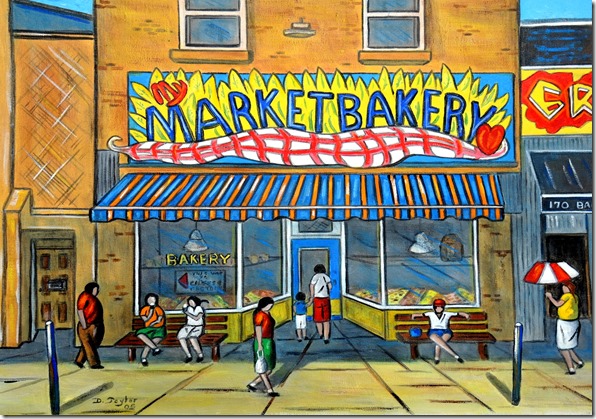
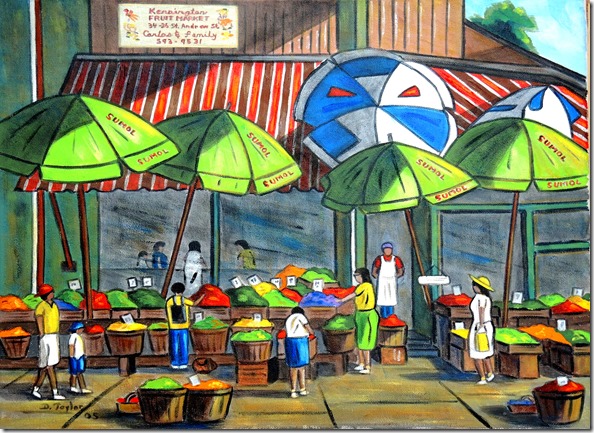
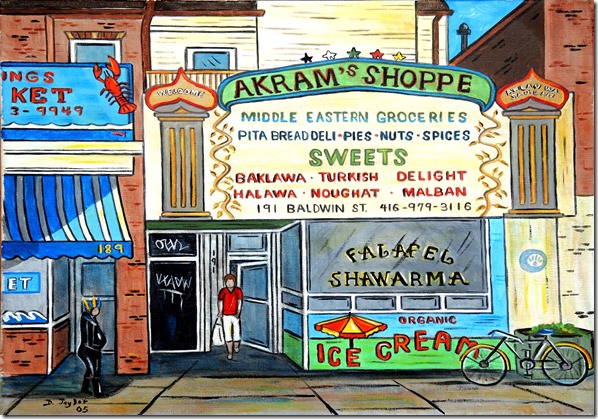
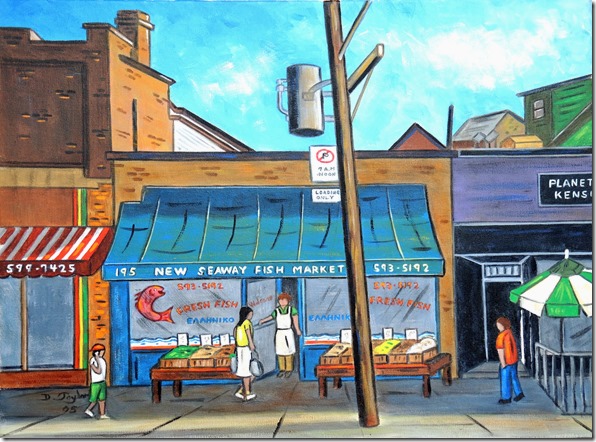
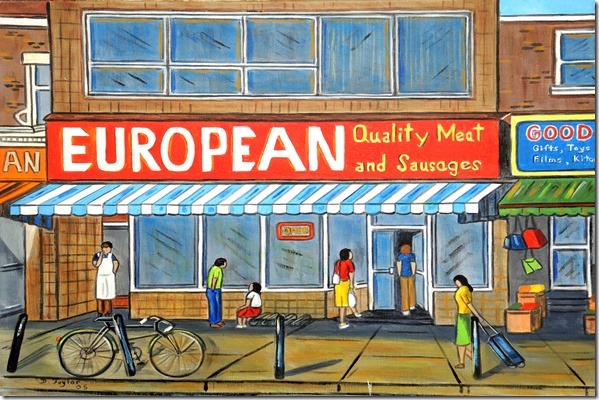
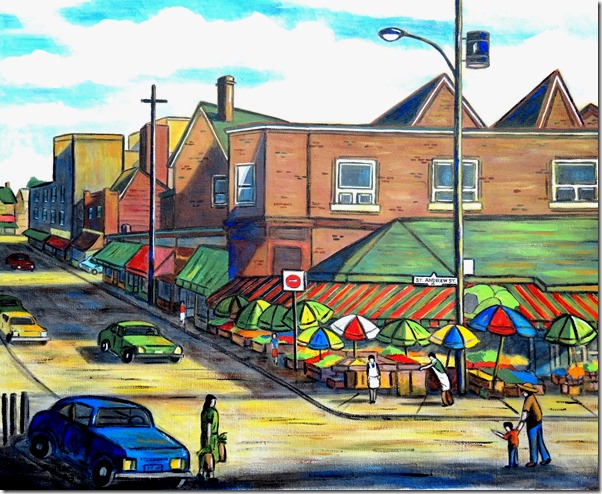
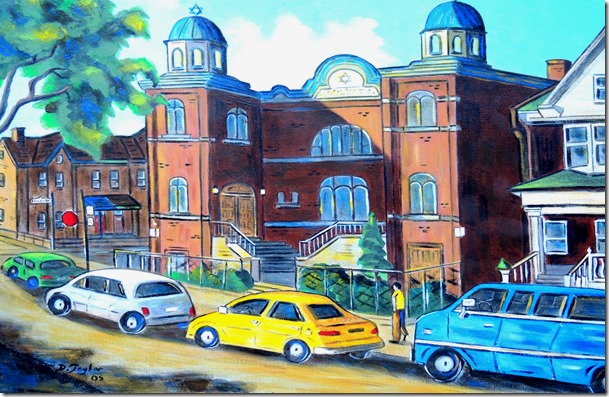
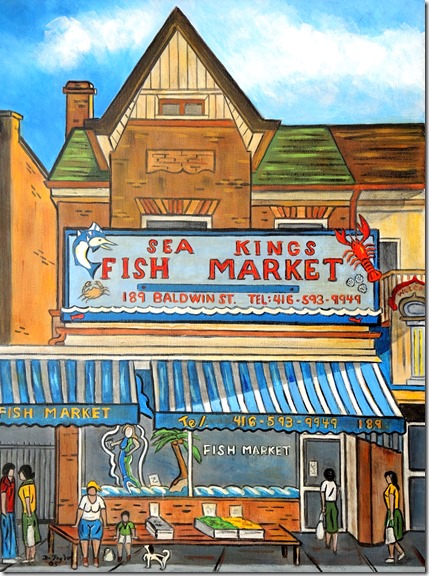
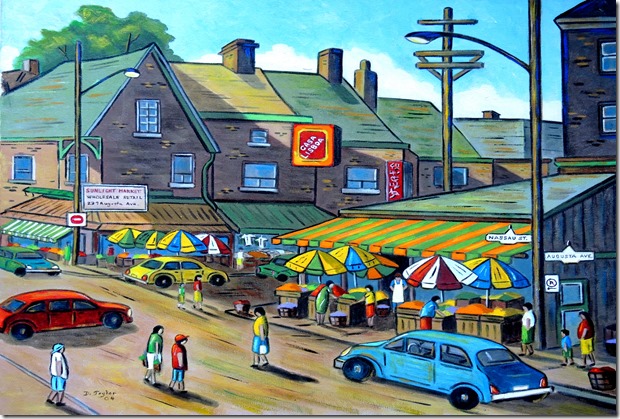
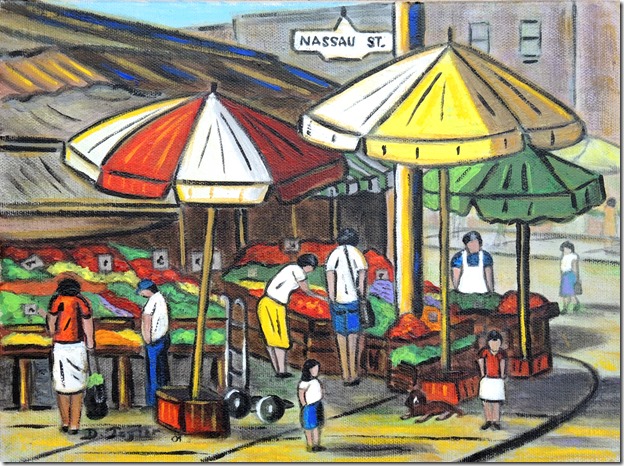
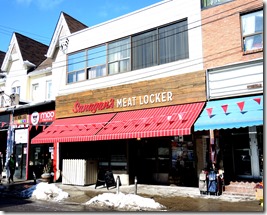
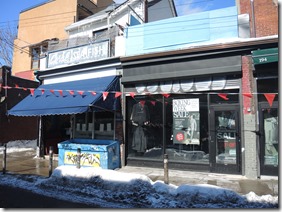
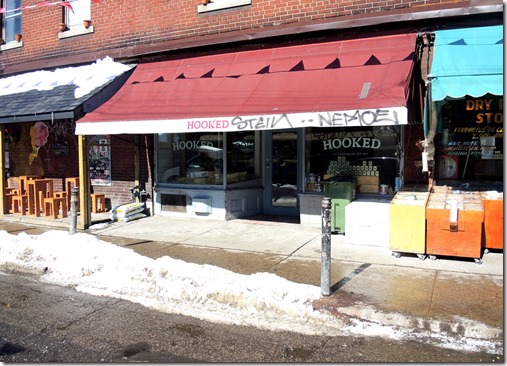
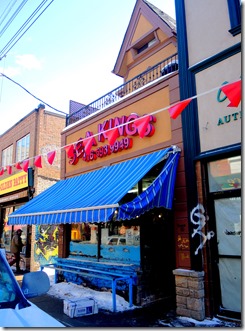
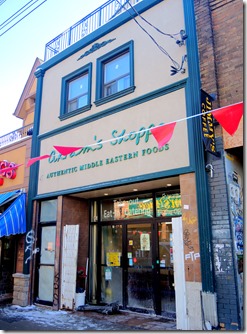
![cid_E474E4F9-11FC-42C9-AAAD-1B66D852[2] cid_E474E4F9-11FC-42C9-AAAD-1B66D852[2]](https://tayloronhistory.com/wp-content/uploads/2015/02/cid_e474e4f9-11fc-42c9-aaad-1b66d8522_thumb3.jpg)


Wow!!…beautiful pictures.
Theresa